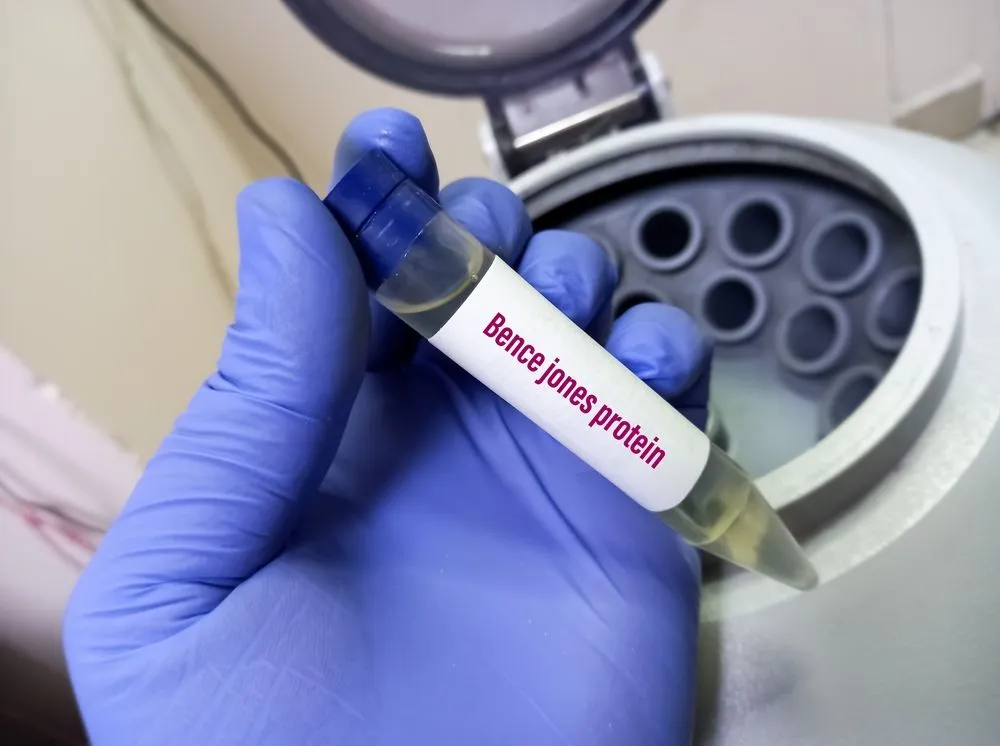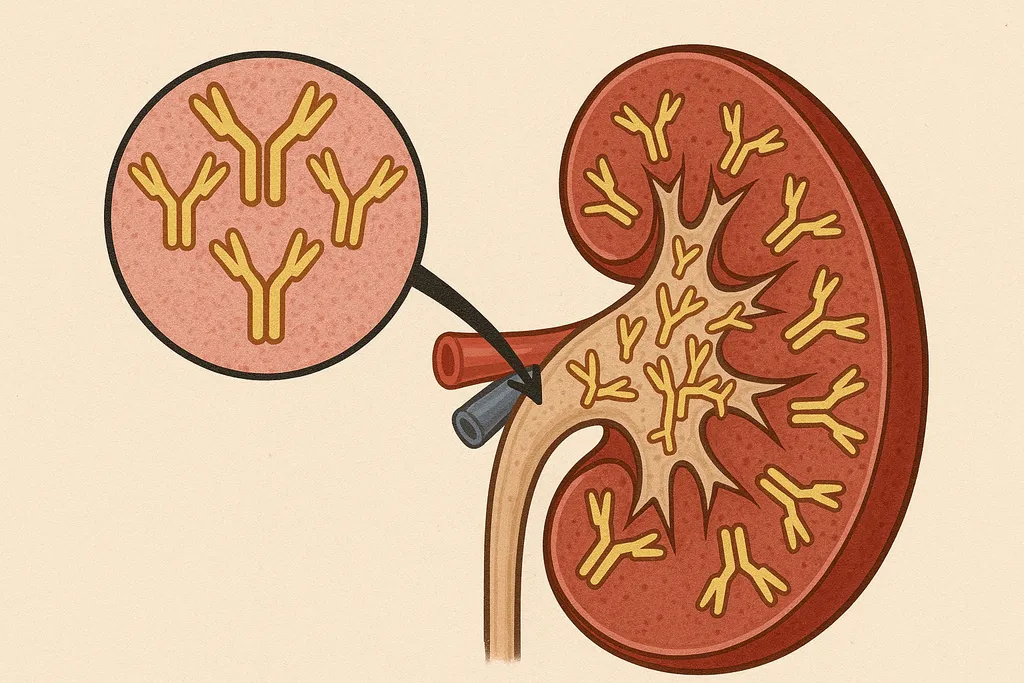What Is A Chemo Port?

A chemo port is a small implantable device (the size of a quarter, made of metal or plastic) placed surgically under the skin so chemotherapy drugs can be directly delivered into a vein.
It is usually placed in the upper chest or arm and is attached to a catheter (a thin, flexible tube that gives direct access to the vein). A port can be used to administer medications, draw blood, and give fluids or blood transfusions. It can remain in place for months or years.
The Chemo Port
During a patient’s active treatment, the port needs to be cleaned and flushed monthly by your care team. This keeps the port from getting an infection, and the flush checks for any blockages. Anything that can be done through a traditional IV can be done through a port. Your doctor may choose to use a PICC or central line instead of a port.
Once the port is in place, it needs time to heal. This normally takes a few days to a few weeks. Then, chemotherapy treatment can begin.
Are There Side Effects From A Port?
Just like any surgical procedure, there are risks, but they are relatively low. These risks are all associated with infection: fever, pain, and inflammation. If a port gets infected, it may need to be removed and another one placed after the infection clears.
Blood clots can also occur because of a port. But again, this risk is not common. Symptoms are usually pain and swelling in the back, shoulder, or arm.
You should only feel slight discomfort when the port is installed (normally takes 30-45 minutes). You can continue your normal activities, such as exercise and swimming. When your port is in use, a clear bandage will be placed over the needle. When a chemo port is no longer needed, it is removed in an outpatient procedure.
What Is the Advantage of a Chemo Port?
- It makes the delivery of chemotherapy medications easier.
- A port site is prepared using a sterile technique, which ensures that all surfaces are free of microorganisms and thus greatly reduces the risk of infection (an IV site is prepared using a clean but non-sterile technique).
- A port can also be used to deliver fluids and transfusions, draw blood for lab testing, and inject dye for PET and CT scans.
- A port reduces the risk of medications coming into contact (and possibly irritating) the skin.
- A port can be used to provide treatments that span several days.
- A port avoids numerous needle sticks for tests and medication delivery.
Lizzy’s Story: A Chemo Port Patient Experience
The following story is from a multiple myeloma patient, Lizzy Smith.
I had no idea what a port was until I was diagnosed with multiple myeloma in January 2012. I started getting poked many, many times per week, it was pretty awful for me. And then I got my port. The first few times that my nurses accessed my port, I thought I was going to pass out. But quickly I realized that it was nothing!
The nurse was simply poking through a very thin layer of skin. No fishing for a vein anymore. I don't even flinch when I get poked. It truly is "no big deal." Is my port pretty? Of course not. But it's not that horrifically ugly, either. And it's not "that" noticeable.
But that port has been a godsend, no joke. Getting it placed was no biggie either. They put me under sedation (by the way, the nurse had to fish for a vein!), and I didn't feel or remember a thing. I woke up, and it was all done.
Helping others understand myeloma and navigate their treatment is my goal. It's amazing that at the age of 44, my entire life and focus have changed radically in an instant. I have a whole new purpose in life. A whole new reason to get out of bed. I want to make a difference. I want to help others. I want to live and find treatments and cures. I want to help other cancer warriors remain strong. Living a more purpose-filled life is one of the blessings that have come about from my cancer diagnosis.
While Lizzy passed in 2016, her dedication to sharing her experience and knowledge with other myeloma patients continues today.
Do All Multiple Myeloma Patients Need a Chemo Port?
Not all multiple myeloma patients need a chemo port. The necessity of a chemo port depends on various factors, including the treatment regimen and the patient's overall health condition. Here are some considerations:
-
Type of Treatment: Patients undergoing frequent chemotherapy or those receiving treatments that require repeated intravenous (IV) access might benefit from a chemo port. Ports are often used for patients receiving high-dose chemotherapy, stem cell transplants, or other intensive treatments.
-
Vein Health: Some patients have veins that are difficult to access or that may become damaged by repeated needle sticks. A port provides a more reliable and less painful way to administer medication and draw blood.
-
Frequency of Treatment: Patients who need frequent IV treatments or blood draws might find a port more convenient and comfortable than having a new IV inserted each time.
-
Doctor’s Recommendation: The decision to use a chemo port should be made in consultation with the patient's healthcare team, who will consider the specifics of the patient's treatment plan and health status.
Ultimately, using a chemo port is a personalized decision based on the patient’s needs and treatment plan.
Sources:
A chemo port is a small implantable device (the size of a quarter, made of metal or plastic) placed surgically under the skin so chemotherapy drugs can be directly delivered into a vein.
It is usually placed in the upper chest or arm and is attached to a catheter (a thin, flexible tube that gives direct access to the vein). A port can be used to administer medications, draw blood, and give fluids or blood transfusions. It can remain in place for months or years.
The Chemo Port
During a patient’s active treatment, the port needs to be cleaned and flushed monthly by your care team. This keeps the port from getting an infection, and the flush checks for any blockages. Anything that can be done through a traditional IV can be done through a port. Your doctor may choose to use a PICC or central line instead of a port.
Once the port is in place, it needs time to heal. This normally takes a few days to a few weeks. Then, chemotherapy treatment can begin.
Are There Side Effects From A Port?
Just like any surgical procedure, there are risks, but they are relatively low. These risks are all associated with infection: fever, pain, and inflammation. If a port gets infected, it may need to be removed and another one placed after the infection clears.
Blood clots can also occur because of a port. But again, this risk is not common. Symptoms are usually pain and swelling in the back, shoulder, or arm.
You should only feel slight discomfort when the port is installed (normally takes 30-45 minutes). You can continue your normal activities, such as exercise and swimming. When your port is in use, a clear bandage will be placed over the needle. When a chemo port is no longer needed, it is removed in an outpatient procedure.
What Is the Advantage of a Chemo Port?
- It makes the delivery of chemotherapy medications easier.
- A port site is prepared using a sterile technique, which ensures that all surfaces are free of microorganisms and thus greatly reduces the risk of infection (an IV site is prepared using a clean but non-sterile technique).
- A port can also be used to deliver fluids and transfusions, draw blood for lab testing, and inject dye for PET and CT scans.
- A port reduces the risk of medications coming into contact (and possibly irritating) the skin.
- A port can be used to provide treatments that span several days.
- A port avoids numerous needle sticks for tests and medication delivery.
Lizzy’s Story: A Chemo Port Patient Experience
The following story is from a multiple myeloma patient, Lizzy Smith.
I had no idea what a port was until I was diagnosed with multiple myeloma in January 2012. I started getting poked many, many times per week, it was pretty awful for me. And then I got my port. The first few times that my nurses accessed my port, I thought I was going to pass out. But quickly I realized that it was nothing!
The nurse was simply poking through a very thin layer of skin. No fishing for a vein anymore. I don't even flinch when I get poked. It truly is "no big deal." Is my port pretty? Of course not. But it's not that horrifically ugly, either. And it's not "that" noticeable.
But that port has been a godsend, no joke. Getting it placed was no biggie either. They put me under sedation (by the way, the nurse had to fish for a vein!), and I didn't feel or remember a thing. I woke up, and it was all done.
Helping others understand myeloma and navigate their treatment is my goal. It's amazing that at the age of 44, my entire life and focus have changed radically in an instant. I have a whole new purpose in life. A whole new reason to get out of bed. I want to make a difference. I want to help others. I want to live and find treatments and cures. I want to help other cancer warriors remain strong. Living a more purpose-filled life is one of the blessings that have come about from my cancer diagnosis.
While Lizzy passed in 2016, her dedication to sharing her experience and knowledge with other myeloma patients continues today.
Do All Multiple Myeloma Patients Need a Chemo Port?
Not all multiple myeloma patients need a chemo port. The necessity of a chemo port depends on various factors, including the treatment regimen and the patient's overall health condition. Here are some considerations:
-
Type of Treatment: Patients undergoing frequent chemotherapy or those receiving treatments that require repeated intravenous (IV) access might benefit from a chemo port. Ports are often used for patients receiving high-dose chemotherapy, stem cell transplants, or other intensive treatments.
-
Vein Health: Some patients have veins that are difficult to access or that may become damaged by repeated needle sticks. A port provides a more reliable and less painful way to administer medication and draw blood.
-
Frequency of Treatment: Patients who need frequent IV treatments or blood draws might find a port more convenient and comfortable than having a new IV inserted each time.
-
Doctor’s Recommendation: The decision to use a chemo port should be made in consultation with the patient's healthcare team, who will consider the specifics of the patient's treatment plan and health status.
Ultimately, using a chemo port is a personalized decision based on the patient’s needs and treatment plan.
Sources:

about the author
Lisa Foster
Lisa Foster is a mom of 3 daughters and 1 perfect grandchild, a puzzle lover, writer and HealthTree advocate. She believes in the mission of the foundation and the team that builds it forward. She calls Houston, Texas home.
More on Core Education
Trending Articles




Get the Latest Multiple Myeloma Updates, Delivered to You.
By subscribing to the HealthTree newsletter, you'll receive the latest research, treatment updates, and expert insights to help you navigate your health.
Together we care.
Together we cure.
3x Faster.












